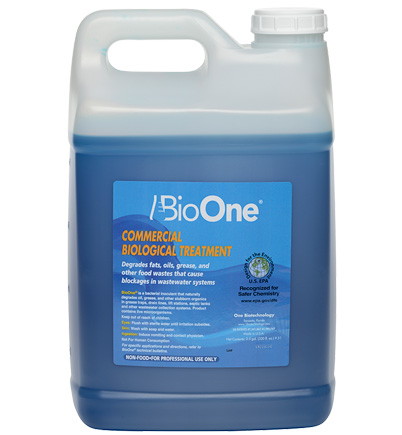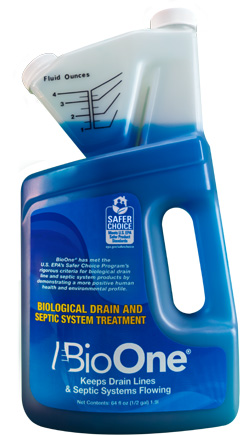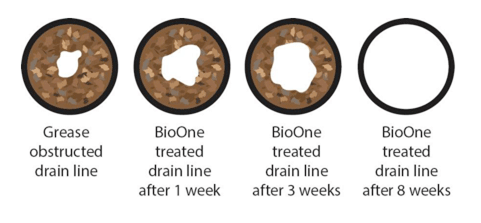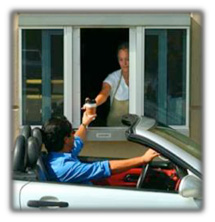
It may seem like a good idea to forgo septic tank maintenance once in a while, particularly if your system seems to be working fine. While you may save on the cost of cleaning or pumping your tank, it could end up costing more in the long run when problems arise. Instead, it’s best to focus on maintaining your tank through regular cleaning and other strategies.
Factors that Determine the Cost to Clean your Septic Tank
The cost to clean a septic tank can vary throughout the country, and even neighbors may pay very different costs for septic tank cleanings. That’s because several factors are at play. The size of your home, for instance, has likely dictated the size of the tank. While average septic tanks run between 750 and 1,250 gallons, owners of larger tanks can expect to pay significantly more. The location of the tank on the property also plays a role in determining cost. A tank that is easily accessible will accrue less cost than one with an obstructed access point. The age of the tank itself and the level of waste inside the tank will also influence the cost of the cleaning.
Pumping vs Cleaning a Septic Tank
Many homeowners think that cleaning the septic tank and pumping it are essentially the same thing, though the two are not actually interchangeable. When a septic tank is pumped, this means that all the liquid in the tank is removed, along with some of the sludge and floating solids, though much of the sludge is left in the tank. A septic cleaning, on the other hand, involves the removal of all the liquids and solids in the tank.
The size of the tank is the biggest factor in determining the cost of septic pumping. Typically, you can expect to pay around $0.30 per gallon, in addition to the cost of inspection, which is commonly conducted at the same time. On average, homeowners pay around $380, with smaller tanks costing as little as $250 and larger tanks running as high as $1,300. While the cost to pump a larger tank is higher, it will typically need to be pumped less frequently than smaller tanks.
Like the cost of pumping, cleaning costs are dependent on the size of the septic tank itself. For a 1,000-gallon tank, homeowners can expect to pay around $400 to $1,000, including inspection and assessment. Cleaning for tanks under 750 gallons could cost as little as $75 if they are easily accessible and in relatively good condition. Larger tanks may cost up to $750 to clean.
Maintain Your Septic Tank
While the cost to pump or clean a septic tank may seem steep to homeowners, it’s better to stay on top of this necessary maintenance. Failing to do so could result in the need for septic tank repair or replacement, costing much more money in the long run. Depending on the repair, homeowners can expect to pay anywhere from $700 to $3,000 to get a septic tank up and running again, and replacing the pump inside the tank could cost as much as $1,400. Rather than pay repair costs, focus on maintenance.
In addition to conducting regular pumping or cleaning, there are some things you can do to maintain your septic tank. First, pay attention to what goes down your drain. Only flush wastewater and toilet paper, and avoid putting fats and oils down the kitchen sink. Doing this will reduce the amount of sludge and solid particles in the tank, allowing for liquid to flow more freely through the outlet pipe and into the leach field.
Septic tanks rely on a natural balance of bacteria and enzymes, which break down the solid waste within the tank. Common drain cleaners, bleach, and other chemicals actually kill off bacteria. This results in more sludge and the need for more frequent pumping. Consider using a bacteria-based cleaner instead. These products will introduce more healthy bacteria into your tank. Once there, the bacteria will completely digest fats, oils, and greases (FOG), drastically reducing the likelihood of clogs and the need for pumping or cleaning your tank.
The Cost to Clean Your Septic Tank
Because costs can vary by region, size of the tank, and the location of the tank, it’s best to talk to your local septic company for more exact pricing. However, the average cost to pump a septic tank is around $380, while the average cost to clean a tank is between $400-$1,000. Overlooking this basic maintenance could end up costing you even more if your tank needs to be repaired or your pump needs replacing. In addition to cleaning or pumping your tank on a regular basis, be mindful of what goes down your drains and avoid chemical cleaners. Instead, opt for a bacteria-based drain cleaner. Once the bacteria is introduced to the tank, it will get right to work digesting FOG, which should reduce the need for pumping and repairs in the future.






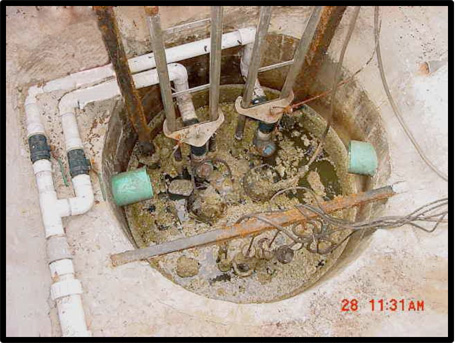
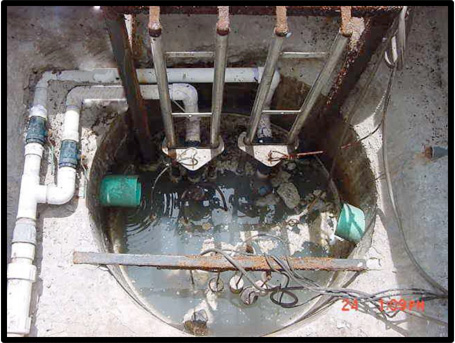
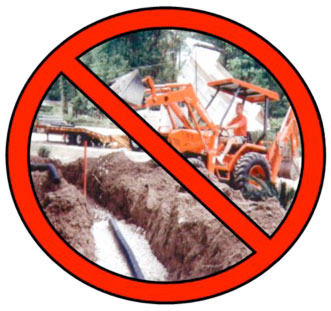 Residential drain fields are designed to allow the discharged water to percolate through the biomat. Drain fields fail for several reasons:
Residential drain fields are designed to allow the discharged water to percolate through the biomat. Drain fields fail for several reasons: